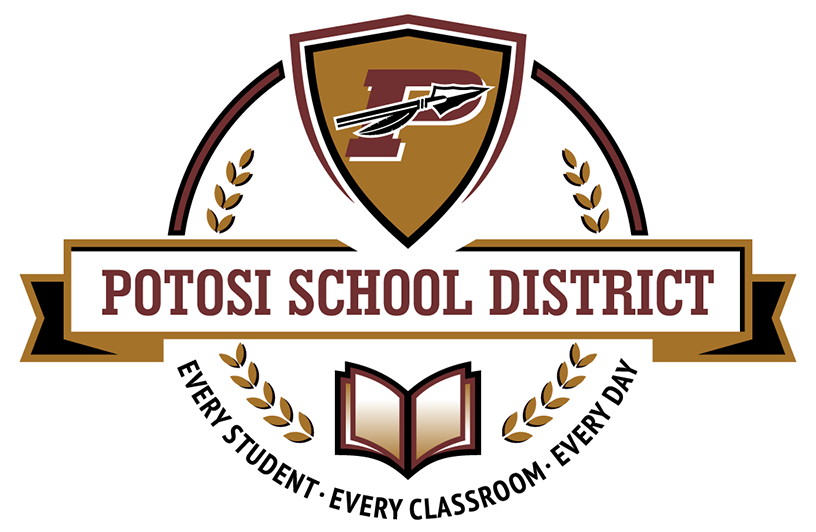In March of 2020, the Coronavirus and its related safety procedures took over the world. Schools were forced to close in March and, at the time, the immediate lockdown took place with still almost three months left in the school year. Students, parents, teachers, and members of the community knew the education system couldn’t just stop. Teachers were presented with many challenges; all learning and school work went to an online format, which for teachers, meant that everything they had planned for an in-person classroom would need to be reconstructed into an online version. Alternatively, the ideas would just have to be scrapped and something else would take the place of them.
For example, in Mrs. Brunton Horticulture 2 class, students help plant, maintain, and grow plants to sell for a school fundraiser. “I couldn’t have any kids up here to help maintain the plants,” said Mrs. Brunton. This was a challenge for Mrs. Brunton because she had to water the plants every day in Potosi, while she had children of her own who she was also helping with online school, and then creating an online store for the fundraiser. Brunton made the online store called School Pay; within School Pay Mrs. Brunton was able to make her own store. School Pay’s systems automatically kept track of inventory and had separate pictures of each item for sale.
“I was fortunate enough to have a couple of students that were graduating in the fall and that were also in my spring Greenhouse Management class allowed to come and help me put together the online orders,’’ said Mrs. Brunton. “Mr. Bockenhauer and Mr. Uppena were also a lot of help pulling the orders the day before pick-up day.” The sale ran from April 27th to April 30th, with the first pickup dates on May 2nd and 3rd. The FFA did a second order the following week, which was available for pick up on May 9th. When customers came to pick their orders up, they had to stay in their vehicles, and someone would load their order for them. This allowed social distancing to be carried out correctly.
Due to Brunton’s unseen work of maintaining the plants, the sale was a success. The FFA was able to make its largest sale, earning $12,000, of which between $7000 and $8000 was profit.
Brunton explained that what students missed the most was the hands-on process, especially in her classes where students were given the opportunity to learn that way. During the shift to online learning, Brunton gave students a video to watch each week with a short 10 question review on the video.
“I thought I would keep my classes easier because students would be spending so much time on their Common Core courses.” Many students were struggling with their Common Core courses without any in-person teacher help. As the new school year approached, with the pandemic still a major factor, and in-person classes resumed, teachers and students were given an online resource called Zoom, an app where teachers can host a class and students can join with video and audio presentation. This gave students a way to join their classes online for up to two weeks during a quarantine if they were to come into contact with someone that tested positive or if they were to contract it themselves. Online school has differed from last year dramatically because of this option. Now classes are scheduled daily into Zoom just in case schools are forced into an online format. This way classes would run more smoothly with a consistent schedule and students would be able to ask their teachers questions.
